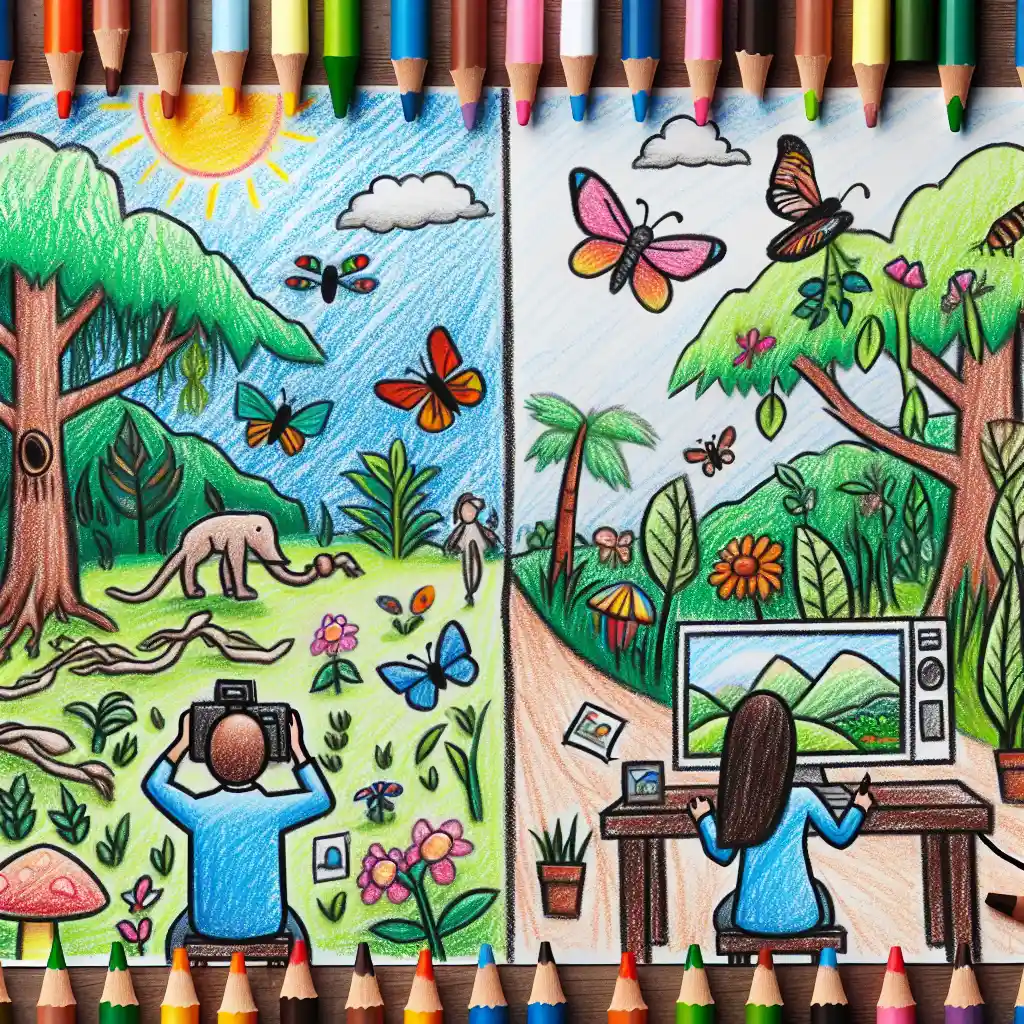Your Nature Photos Are Doing More Science Than You Think

Explain Like I'm 5
Imagine you’re a little detective with your toy camera, snapping photos of bugs, trees, and flowers. Every time you show these pictures to someone, they learn something new about where the bugs like to hang out or how big the flowers are growing. Now, imagine lots of kids all over the world doing the same thing and sharing their pictures in a giant online photo album called iNaturalist. Scientists are like the teachers who look at this album. They get really excited because your photos help them understand and protect nature better. So, every time you take a picture of something outdoors, you’re actually helping these scientist teachers with their big nature project!
Explain Like I'm 10
Imagine you have a smartphone and you take a photo of a cool-looking bug or a beautiful flower. You upload this photo to a website called iNaturalist, where people from all over the world share their nature photos. Now, think of scientists as nature detectives. They use iNaturalist to see your photos and learn about where different plants and animals live, how many there are, and how they're doing. Over the past five years, the number of scientific studies using photos from iNaturalist has grown a lot—more than ten times! This means your photos are not just fun to look at; they're actually really important for science. They help scientists protect animals and plants and make sure we can all enjoy nature in the future.
Explain Like I'm 15
When you upload a photo of a plant or animal to a platform like iNaturalist, you’re contributing to a massive database that scientists use for research. With the explosion of smartphone technology, ordinary people are now able to gather and share data that would have been difficult and expensive for scientists to collect on their own. Over the past five years, there’s been a huge increase—more than tenfold—in peer-reviewed scientific studies using data from iNaturalist. This citizen science movement is democratizing scientific research, allowing anyone with a smartphone to contribute to important environmental studies. These studies can lead to better conservation strategies, inform policy decisions, and increase our understanding of biodiversity. The trend shows how technology is revolutionizing science, making it more accessible and reliant on a broader community contribution. This not only speeds up research but also raises public awareness and engagement with science.
Want to read the original story?
View Original Source